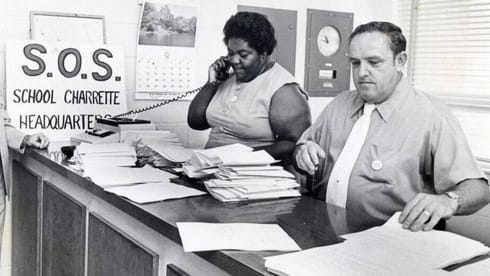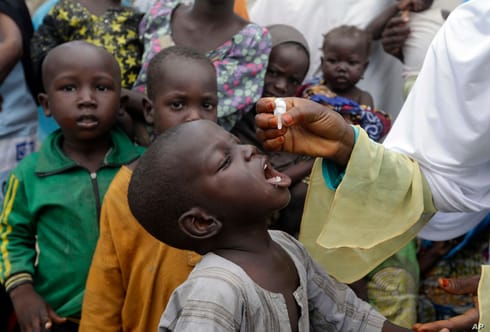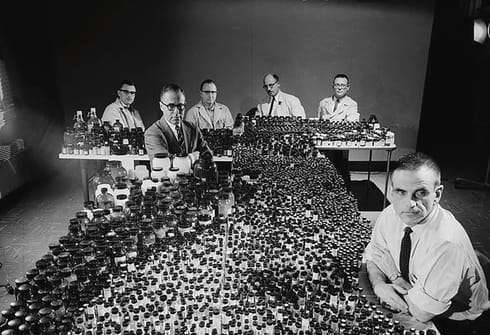
Small moments of grace have power
I’ve been thinking lately about how amazing reconciliation is. I have a hard time appreciating it in the heat of conflict, but there’s always hope for making my enemy into a friend. Here’s evidence of how that works.
Ann Atwater was a black civil rights activist in Durham, North Carolina and a fierce advocate. Her granddaughter described her, saying “If something didn’t seem right, she was going to speak up for it. She really wasn’t afraid to ruffle feathers.”
C.P. Ellis, on the other hand, was a grand exalted cyclops of the Ku Klux Klan who, in 1971, was determined to derail a school desegregation effort in Durham. He was chosen by fellow white supremacists to co-chair a 10-day community meeting, called a charrette, about the conflict. The other co-chair was Ann Atwater. The two already knew and despised each other.
Ellis came to the first meeting with a machine gun in the trunk of his car, while Atwater came carrying a Bible. (In a previous, heated encounter, she’d pulled a knife on him to make her point.) It wasn’t until after three days of contentious meetings that a small moment of grace broke down the walls between them.
A church choir was performing for the group, and Ellis was struggling to clap with the tempo. Atwater reached over and grabbed his hands to help him along, an act of kindness that softened his heart. This opened the door to a conversation, where they learned that both of them had children who were being bullied by classmates. The shared experience helped them see each other differently.
That’s when the walls came down between them and they began working together. The committee successfully adopted a set of school integration proposals that had seemed impossible at the start. Atwater and Ellis became lifelong friends. C.P. also publicly renounced his KKK membership and went on to a life of promoting civil rights and workers’ rights. Atwater spoke at his funeral in 2005. She passed away in 2016.
Reconciliation is almost always preceded by mercy. The question for us: Is there a small moment of grace we can offer in our conflicts? We may not realize what it could mean to turn an enemy into a friend.
(If you want to learn more about Ann Atwater and C.P. Ellis, start with this beautiful NPR segment following Eliss’ death. There’s also a book about the two called Best of Enemies, and a movie by the same name.)
Seeing Good at Work
Restorative Justice is a criminal reform movement that brings victims and perpetrators together to find forgiveness and reconciliation. With enough resources and participation, the process substantially reduces two huge justice problems: high incarceration rates and victim exclusion/dissatisfaction with punishments. Victims typically find the restorative justice process far more satisfying than the criminal justice system.
This story in Slate is a great place to learn more about the movement and its history and challenges. To dig even deeper, I recommend the Restorative Justice Library, an online resource at the Centre for Justice and Reconciliation.

Promotional Stuff
Thanks for taking the time to read this week’s newsletter. Please consider sharing Good at Work with others who might enjoy it.





